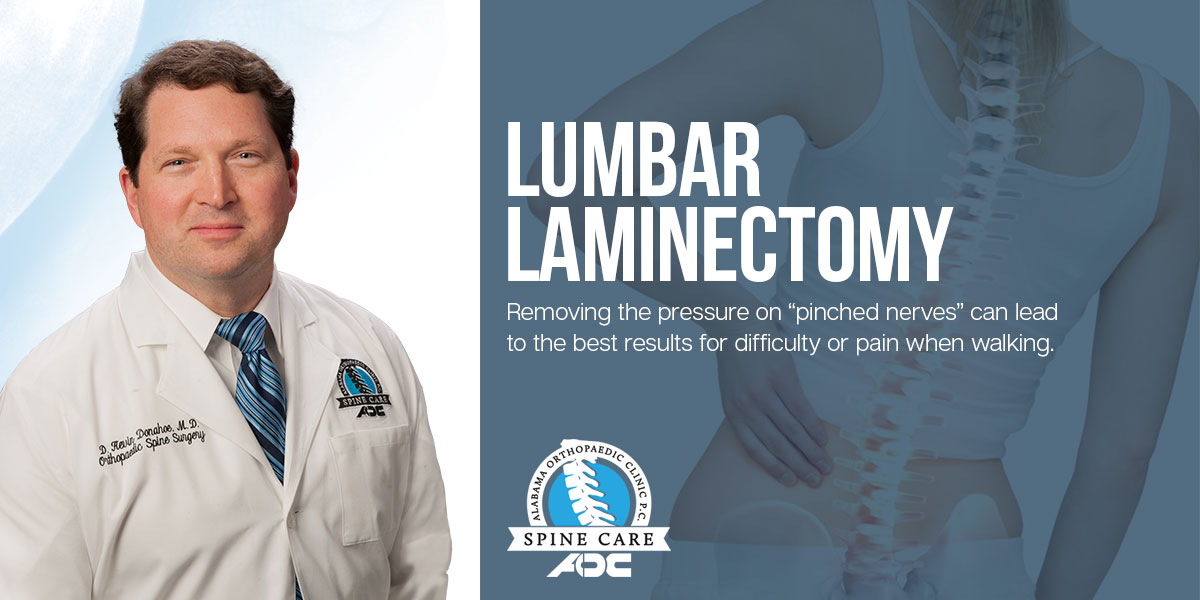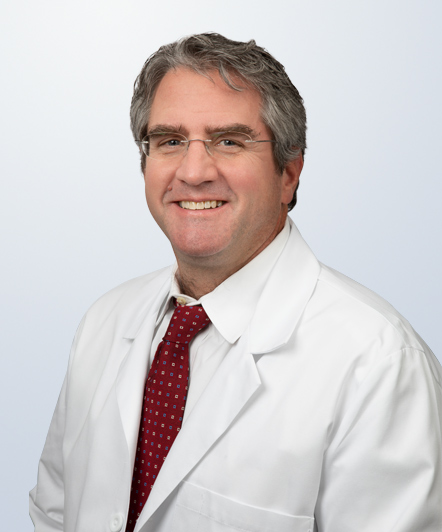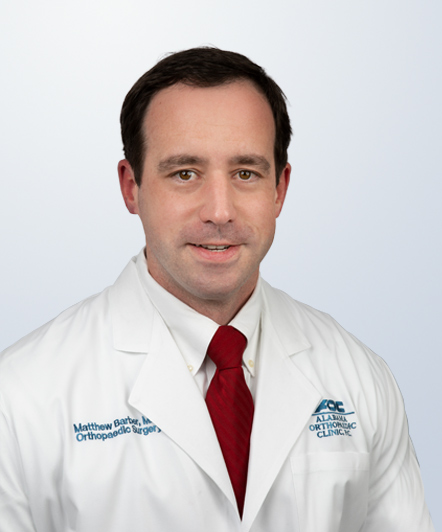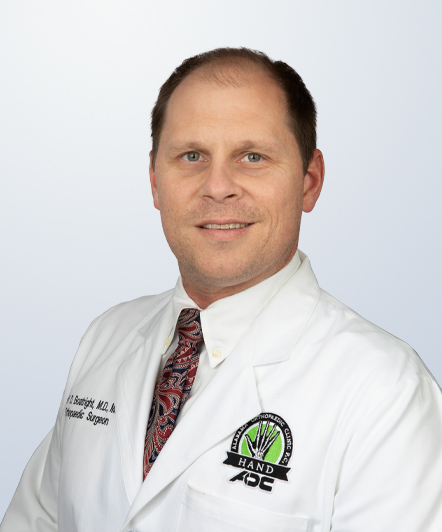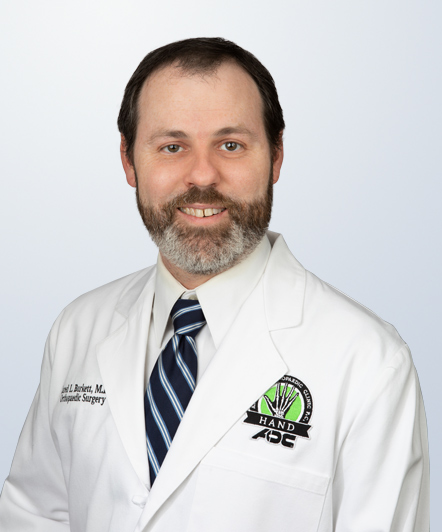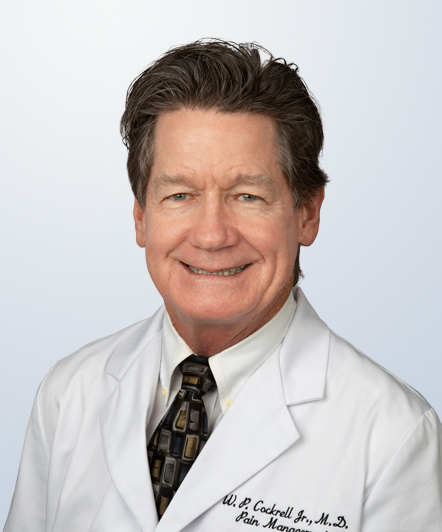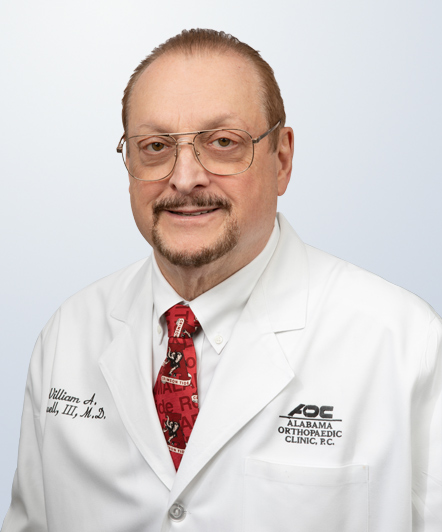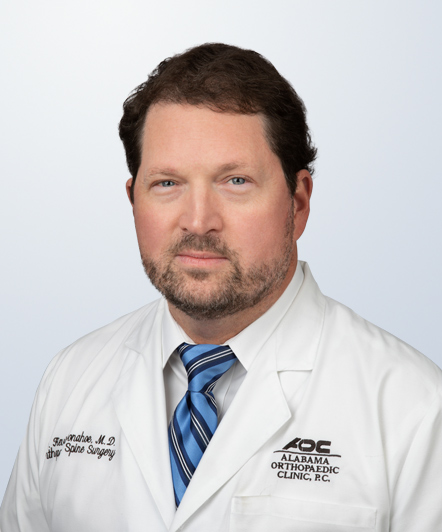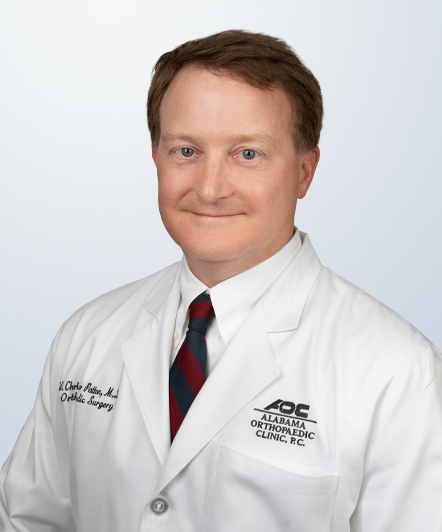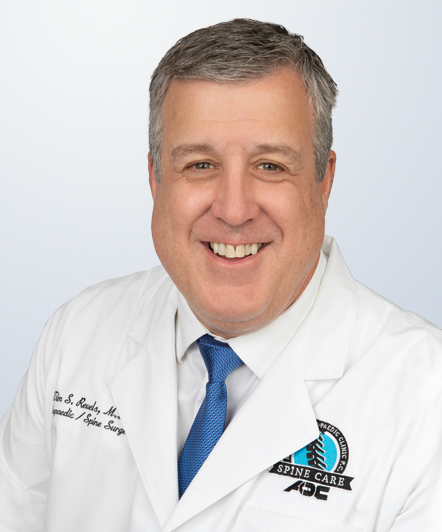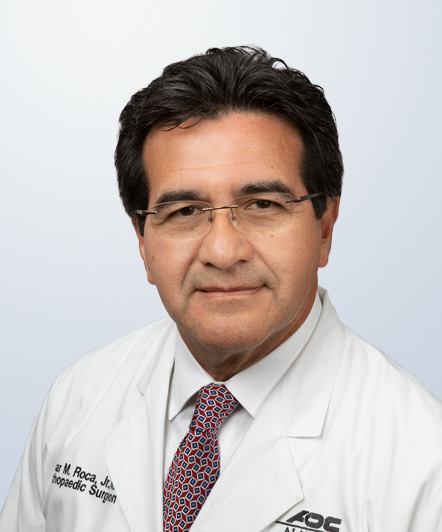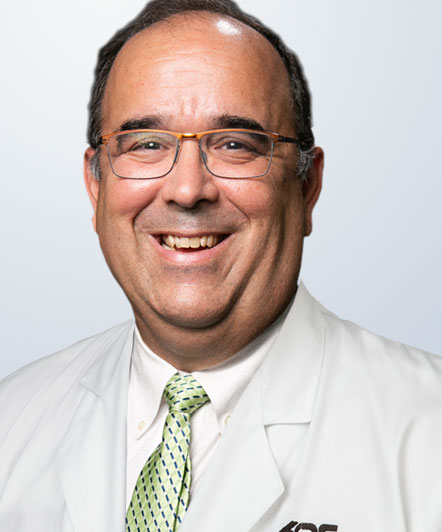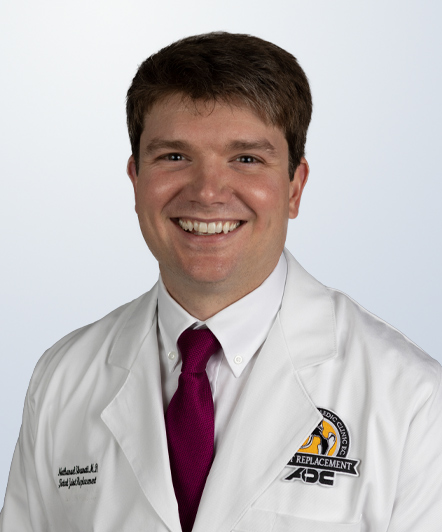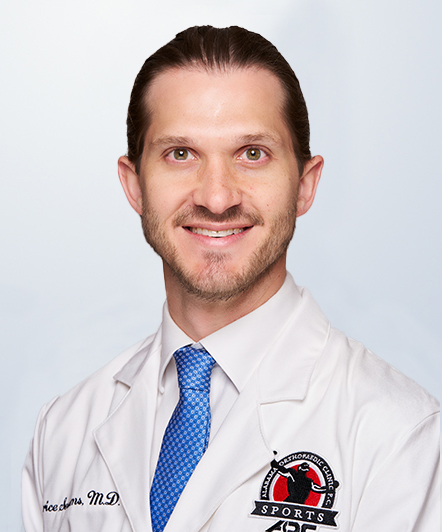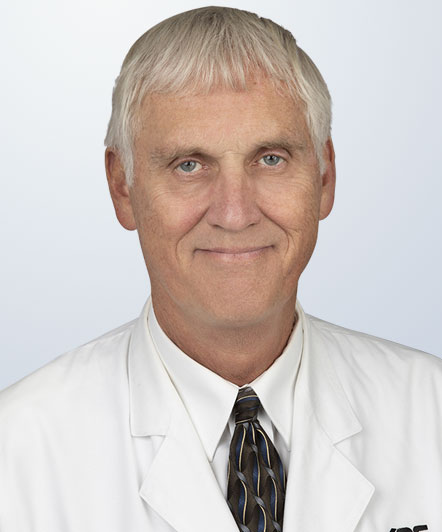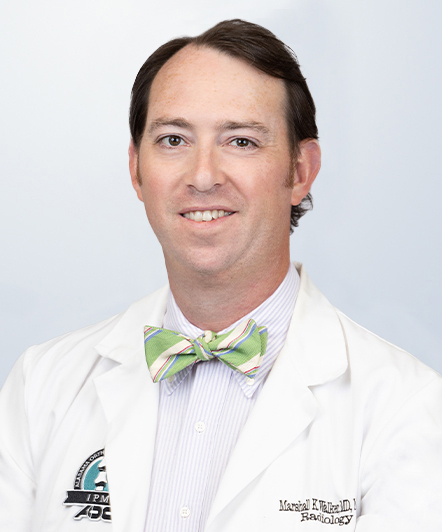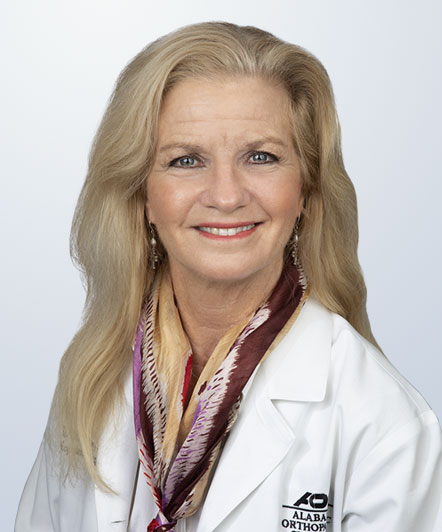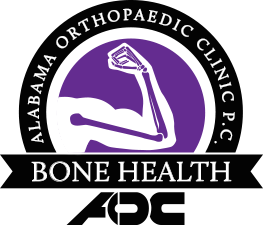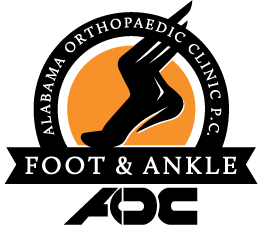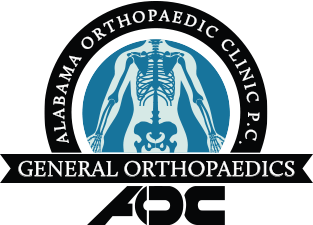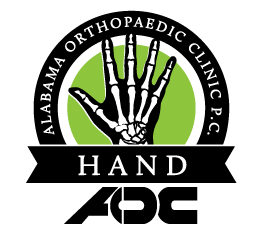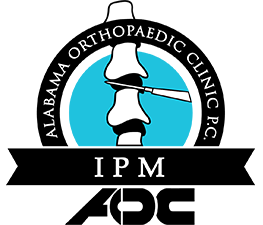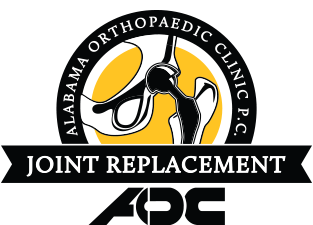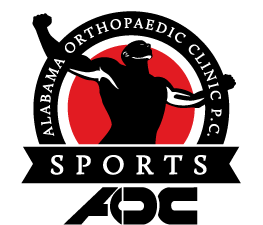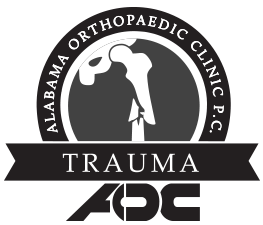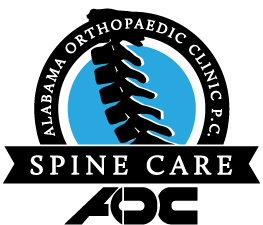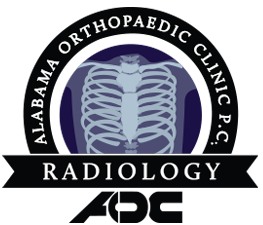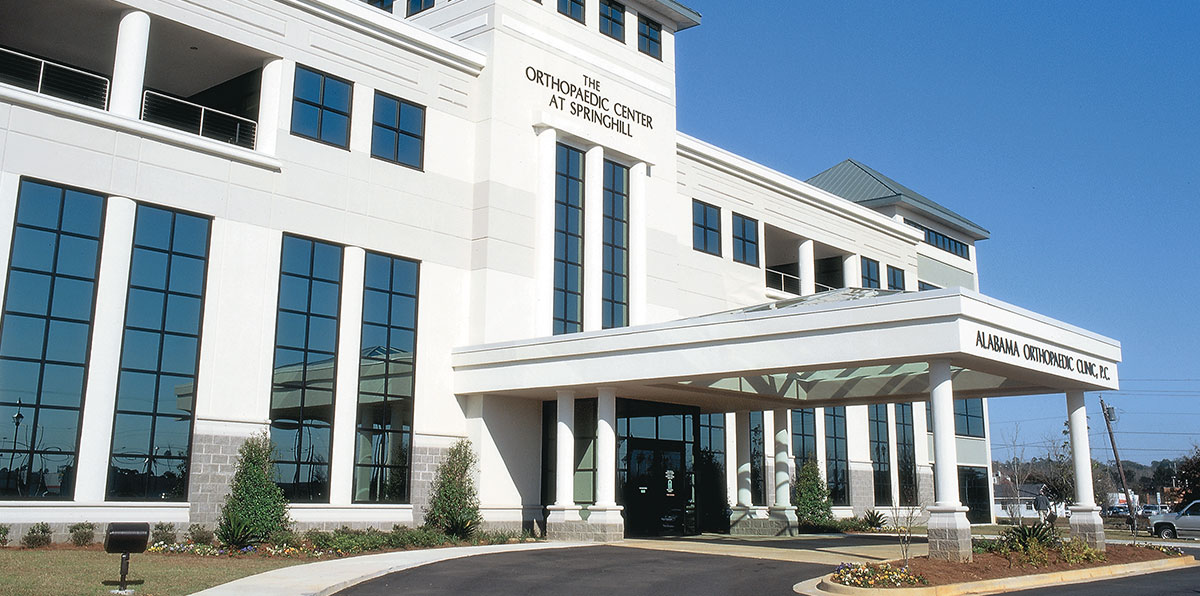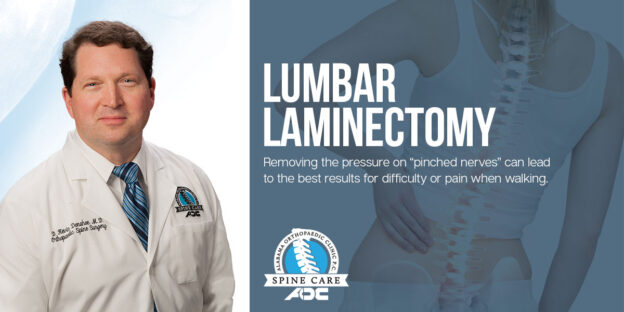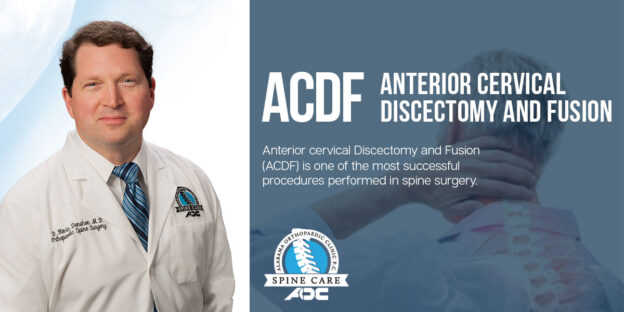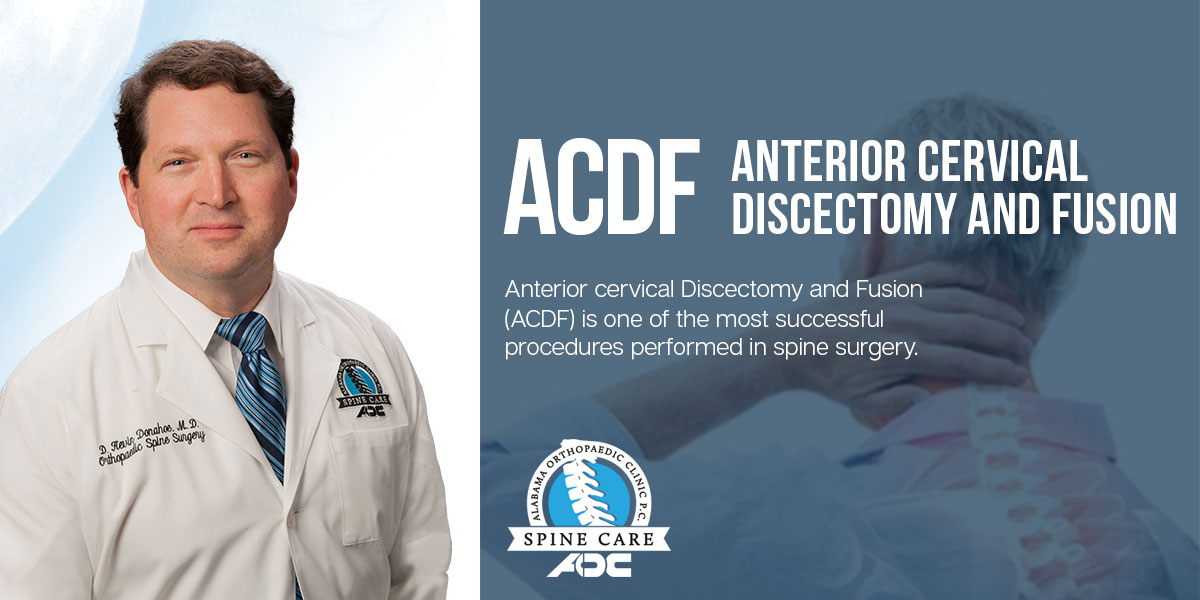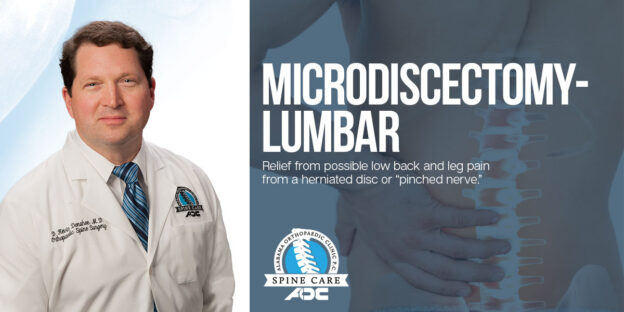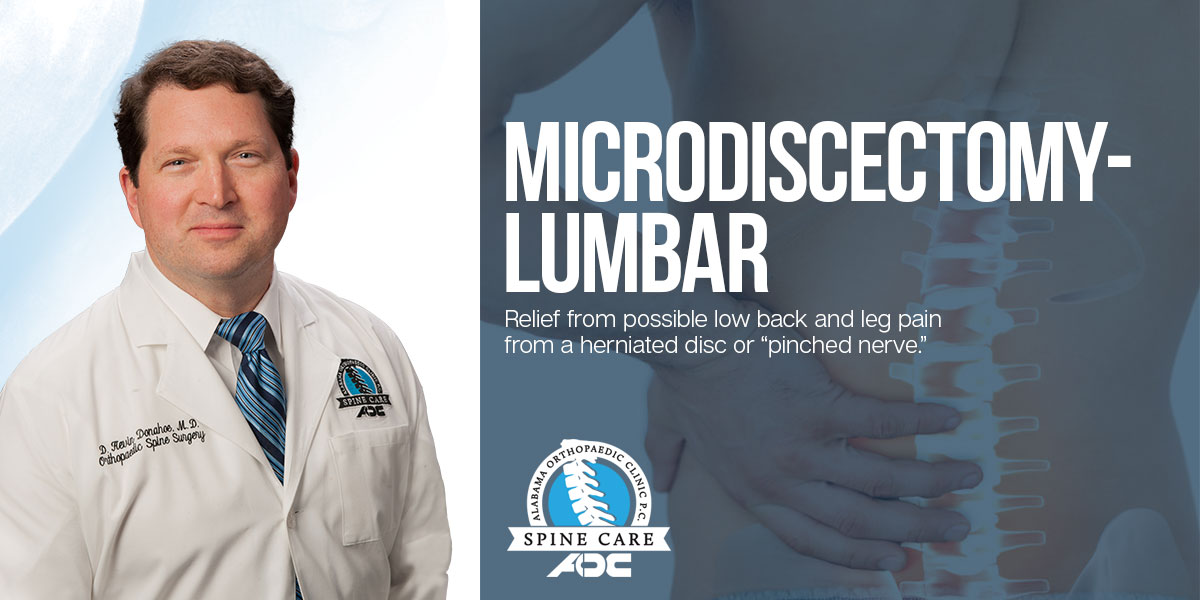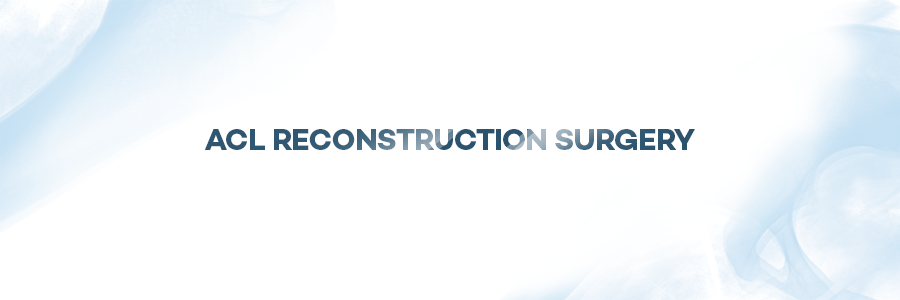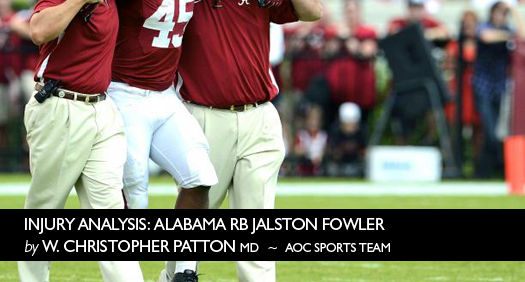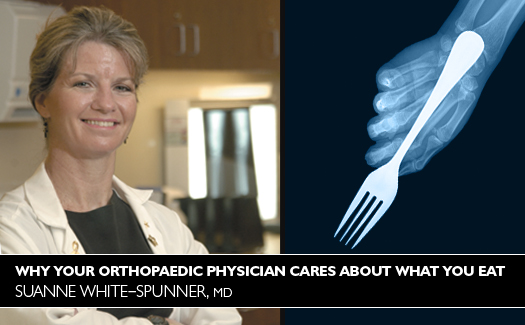During the countdown to the 2012 London Olympics AOC is going to spotlight some USA Team members who have came back from injury and fulfilled their dream of making the team. AOC loves when an athlete has a real COMEBACK RECOVERY and PERFORMANCE and is able to return to their passion.
Tyson Gay saw his Olympic dream shattered in 2008 by a hamstring injury and now the former world champion comes to the London Olympics after needing nearly a year to recover from right hip surgery.
In 2010, Gay delivered reigning Olympic champion Bolt’s first defeat in two years on his way to capturing the Diamond League 100m crown.
But in 2011, Gay underwent hip surgery to solve several chronic problems. There were times during the recovery when Gay doubted he might ever run again at a world-class level.
“It was a slower process with me,” Gay said. “I had a lot of doubts. I tried to tune them out. It was just everything I had to go through. I couldn’t even jog until March.”
Gay made his competitive comeback after being idled for 50 weeks on June 9 in a secondary race at the Diamond League meet in New York, winning in 10.00 seconds running into a 1.5m/sec headwind.
That was Gay’s only tuneup race for the US Olympic trials, where he finished second in the final to 2004 Olympic champion Justin Gatlin’s career-best 9.80, qualifying for London in 9.86.
Gay remains cautious about his health.
“The plan worked. It held up pretty well,” Gay said. “I’m just going to continue to take care of my body and stay healthy. That is the big thing.”
(via: www.indianexpress.com)
The men’s 100m dash is one of the most popular and most watched events of the Olympic Games, and this year is shaping up to be one of the best in Olympic history. The door is wide open; it’s anybody’s race. Tyson Gay, after his great COMEBACK PERFORMANCE, is hoping that he will be the one to cross the finish line and achieve his lifelong dream of Olympic gold.
(via: www.rantsports.com)
Keep up with Tyson Gay in this year’s London Olympics. You can follow him on twitter at @TysonLGay and we will keep you updated on our blog and Facebook page.
Click here for more information on Tyson Gay.
Click here to see more about Alabama Orthopaedic Clinic
LIKE AOC on Facebook
Follow AOC on twitter
